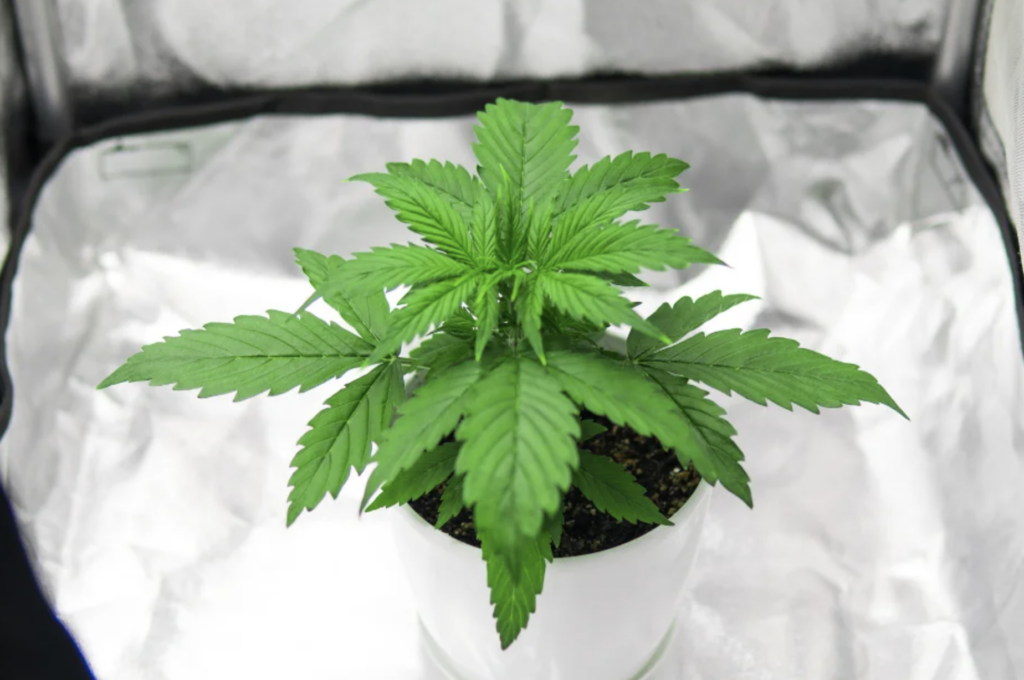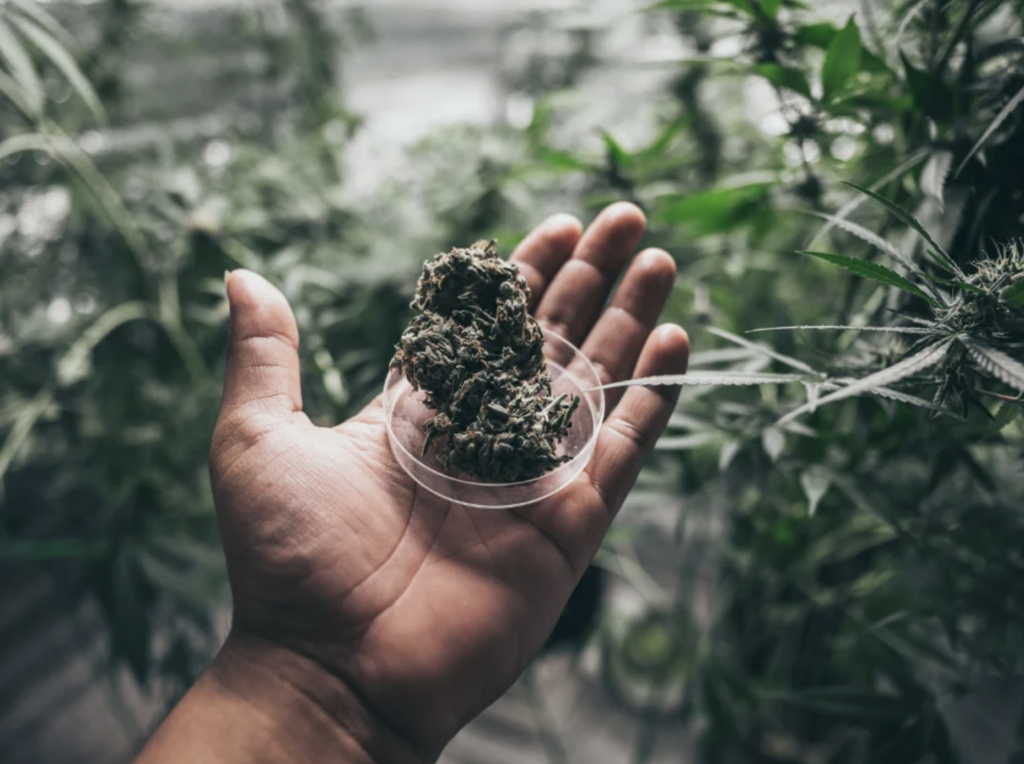
More places are legalizing medical cannabis, and more people are learning to cultivate their medical cannabis at home. Becoming a medical cannabis patient means that you have the option to grow your own medical cannabis in many places. Not all places allow for home cultivation. Make sure you check with local laws in your state before starting a home grow.
In order to grow medical cannabis at home, you will first need to obtain a legal state medical cannabis card. Once you are a registered medical cannabis patient, you are set to grow in areas permitting. Cultivating medical cannabis at home can be a rewarding experience.
Growing cannabis can be very easy. It can also be a very complicated task. Not everyone can grow cannabis. This is why medical cannabis dispensaries are needed. There are many rewards for those who have a green thumb or are willing to put in the time to learn how to grow cannabis.
Cultivating cannabis gives medical cannabis patients a sense of gratitude and appreciation for the final product. It’s like eating those fresh vegetables out of the garden you helped grow. Nothing else tastes quite the same. A certain reward comes from nurturing a plant from a seed or small clone into budding maturity.
Another huge benefit from the reward of growing cannabis is the time frame involved in cultivation from start to finish. Many varieties of cannabis have a relatively short growth cycle. The average growth time for cannabis is around 90 days. One month of that time is a vegetation cycle, and two months is a flowering cycle.
Some strains of cannabis require longer flowering times than others. Some growers prefer to veg their cannabis plants longer for multiple reasons too. Low-stress training, mainlining, and hardier thicker stems to support larger, denser buds are a few of those reasons.
If growing medical cannabis is permitted where you live and you are a registered medical cannabis patient ready to start growing, there are only a few things you need to start cultivating happiness.
Basic Understanding of Cannabis Cultivation
Before you purchase your cannabis seeds or clones, it is a good idea to familiarize yourself with the basic aspects of cannabis cultivation. Numerous online sources can provide helpful insight into growing cannabis successfully.
Some of the important things you will want to be aware of are feeding, lighting, and ventilation. Cannabis plants require the right amount of light, water, and nutrients in order to grow properly. On top of that, ventilation is extremely important. Without enough air movement, plants become frail and weak and susceptible to mildew, mold, and pests. Cannabis plants should also have fans on them to help strengthen their stems and stalk as well as to help maintain environmental aspects such as humidity and temperature.
Once you understand lighting, ventilation, and nutrients, you’re on the right path to cultivating cannabis. All that’s left to do is get your supplies and start growing. As you grow cannabis, your knowledge of cultivation grows with it. You will start to understand how to tell when it’s time to water your plants if they are showing signs of nutrient deficiencies or proficiencies and how to spot and prevent pests and contamination issues.
Don’t expect to know it all at first. It takes getting your hands dirty to truly understand all that goes into successful cannabis cultivation.

Supplies to Cultivate Success
The supplies you need greatly depend on growing indoors versus growing outdoors. While they are very different, they are very much alike. Let’s take a look at a list of supplies needed to grow cannabis at home.
Growing Environment
Outdoor space such as a patio or open area on your property. Cannabis does not grow well in cold temperatures, so it is season permitting in most places. Indoor spaces such as grow rooms or grow tents have environmental controls such as air conditioning and heat.
Soil
Healthy outdoor soil or pre-packaged potting soil for cannabis cultivation is needed for those growing in soil, which is what many cultivator start with before advancing to other grow mediums as their knowledge enhances.
Lighting
Outdoor cultivation requires full sunlight as shady areas will not produce as good of results. Indoor cultivation requires lighting such as full spectrum LED lights or HID hoods and ballasts that use metal halide (MH) and high-pressure sodium (HPS) lighting. Keep in mind that HID systems require stronger fans for cooling.
Ventilation
In any grow environment indoors, you need a way to remove old stale, stagnant air and for it to be replaced with fresh air. Another part of ventilation is removing humidity. In the summertime, dehumidifiers are a must. In the winter time sometimes room humidifiers are needed. You will want to monitor temperature and humidity. Cannabis typically grows best between 70 and 80° f. During the early stages of cannabis cultivation, higher humidity levels such as 55 and 65% are good. During the flowering cycle, you will want to lower humidity to around 50%, gradually going as low as possible towards the end of the grow before harvest.
Nutrients and Pest Prevention
You can make nutrients to feed your plants yourself using many different recipes online, or you can purchase pre-made nutrients that are added to your plant’s feeding cycle. Be sure to familiarize yourself with what nutrients you are going to use before you start growing and have them on hand. It is also essential to implore an implemented pest management (IPM) system like OMRI-certified Marrone CG products and others to prevent pest infestations.
Cannabis Seeds or Clones
Cannabis seeds are available in a few different varieties. You can get Indica cannabis seeds, sativa cannabis seeds, and hybrid cannabis seeds. There are also regular cannabis seeds that will have to be sexed, meaning you will have to pick out males from females. Feminized cannabis seeds produce predominantly female plants. Autoflowering cannabis seeds are fast growing and easy to grow but oftentimes have very low yields compared to other cannabis seeds. Some people prefer to skin the germination process and to start with cannabis clones. Cannabis clones can be purchased at many medical cannabis dispensaries. They come in small potters and will need to be transplanted into a larger potter. Typically, three to five-gallon cloth or dark plastic planters are preferred. If you are going to grow cannabis clones outdoors, they must first be hardened. This means gradually exposing them to a little bit of sunshine each day until they can stay outside all day without showing any signs of stress. Too much sunlight too quickly can shock a clone, ultimately killing the plant.
Final Thoughts
These are just the basics that you will need to get started growing your medical cannabis at home People grow medical cannabis to help them with all kinds of medical conditions. Remember to have time and patience when you start growing cannabis and of course, be sure to get your medical cannabis recommendation and apply for your medical cannabis card before growing cannabis in your state. Also, only cultivate cannabis if you are a licensed medical cannabis patient and your state allows for you to cultivate at home. Even though some states allow for medical cannabis patients to access, possess, and consume cannabis, in many of them you are still not able to cultivate your own medical cannabis.
Disclaimer: The information, including but not limited to, text, graphics, images and other material contained in this article is for informational purposes only. No material from this article is intended to be a substitute for professional medical advice, diagnosis, or treatment. Always seek the advice of your physician or other qualified health care provider with any questions you may have regarding a medical condition or treatment before undertaking a new health care regimen. Never disregard professional medical advice or delay in seeking it because of something you have read on this website.
